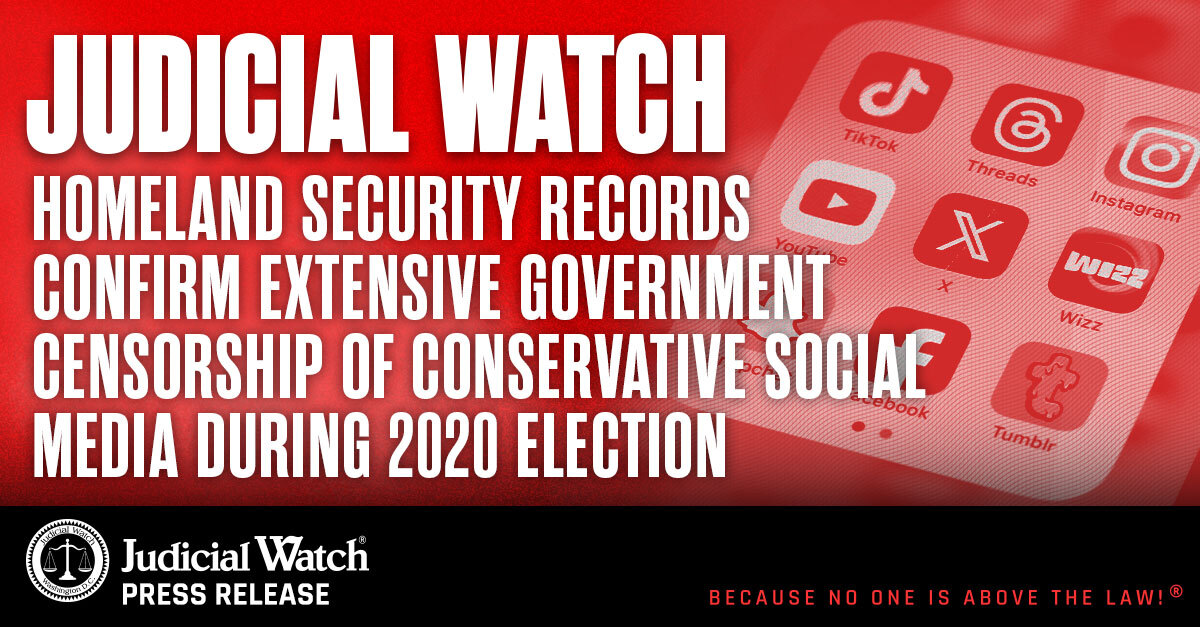

Violent Crime Rises in New York City—Blame the Bronx or de Blasio?


New York Mayor Bill de Blasio and the NYPD held a press conference July 10th to announce that crime in the city has gone down. “New York City achieved a reduction of 853 crime reports, or -1.8% year-to-date, compared to the same period in 2017,” the NYPD said, citing the latest figures from its CompStat crime-fighting program.
Crime in general in New York City is at historic lows. That’s the good news. The bad news? Violent crimes—murder and rape—are trending upward.
147 murders were committed in New York from January 1 to June 30, 2018, according to NYPD statistics. Last year in the same period, it was 136. That’s an 8% rise.
NYPD officials blamed the Bronx. “The Bronx is driving the murder year to-date,” said NYPD Chief of Department Terence Monahan. He said much of the bloodshed in the Bronx was “gang-related.” The borough had 51 murders to June 30, a 64% increase from last year.
Blame the Bronx? Wait a New York minute. Northern Queens saw a 33% rise in murders; in southern Queens, the increase was 23%.
Putting that in perspective, the population of Queens is 2.3 million. In northern Queens, murders rose from 6 to 8; in southern Queens, murders rose from 17 to 21.
This past Saturday night, 16 people were shot in New York in 10 separate incidents. Four of the shootings were in Brooklyn. Two were in Queens. One was in Manhattan. Three were in the Bronx.
Monday night, four people were killed in a shooting incident in Queens, including a child.
The numbers are worse when it comes to rape. 903 rapes were reported in New York in the January to June period, 2018. Last year, it was 678. That’s a startling 33% rise.
Chief Monahan said the rise in reported rapes “may actually be a good thing because more people are coming forward.” But that’s a specious argument. There’s no evidence that the rape numbers are rising simply because “more people are coming forward.” New York law-enforcement professionals for years have been talking about disturbing trends in domestic violence and rape.
Reviewing the latest numbers, Leonard Levitt, the longtime chronicler of the NYPD, raised concerns. The department’s statistics are often “misleading,” Levitt wrote, in part because they conflate violent and non-violent crime.
The “uptick in murders,” Levitt wrote, “could be more consequential” than the slight decline in overall crime. “Murder is considered the bellwether crime because homicide statistics can’t be hidden or easily manipulated as other crime figures can.”
CompStat, the NYPD’s statistical management tool, has been a revolutionary sword in the fight against crime in New York. But with Mayor de Blasio’s political operatives taking control of the NYPD, the program is not immune from manipulation.
Like “all successful politicians,” Levitt noted, de Blasio “knows how to present bad news as good news. To aid him, he has his enablers at the NYPD.”
Politicizing law-enforcement is risky. The danger is not that people give up on the mayor if things go south, but lose faith in the police.
***
Micah Morrison is chief investigative reporter for Judicial Watch. Follow him on Twitter @micah_morrison. Tips: [email protected]
Investigative Bulletin is published by Judicial Watch. Reprints and media inquiries: [email protected]















